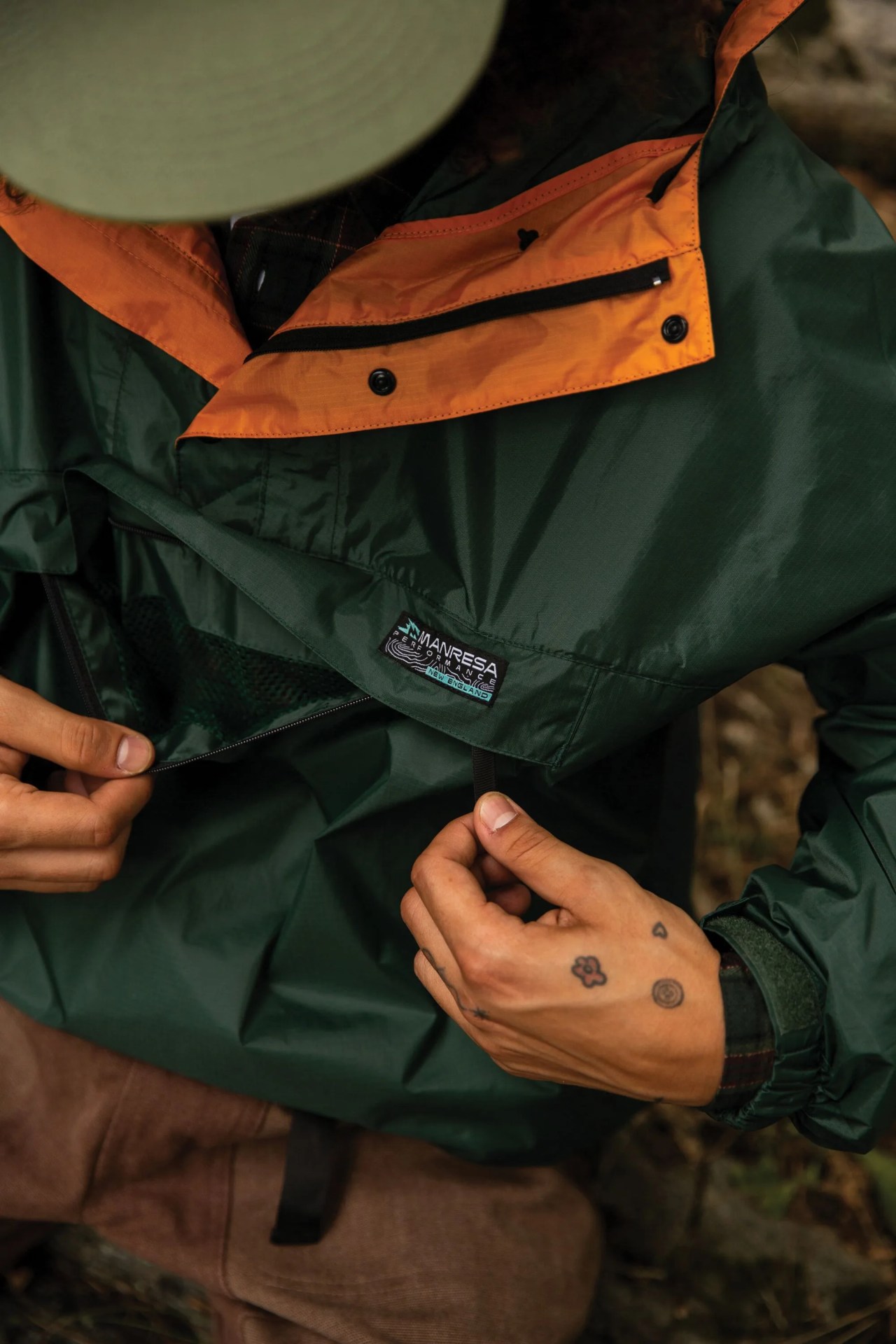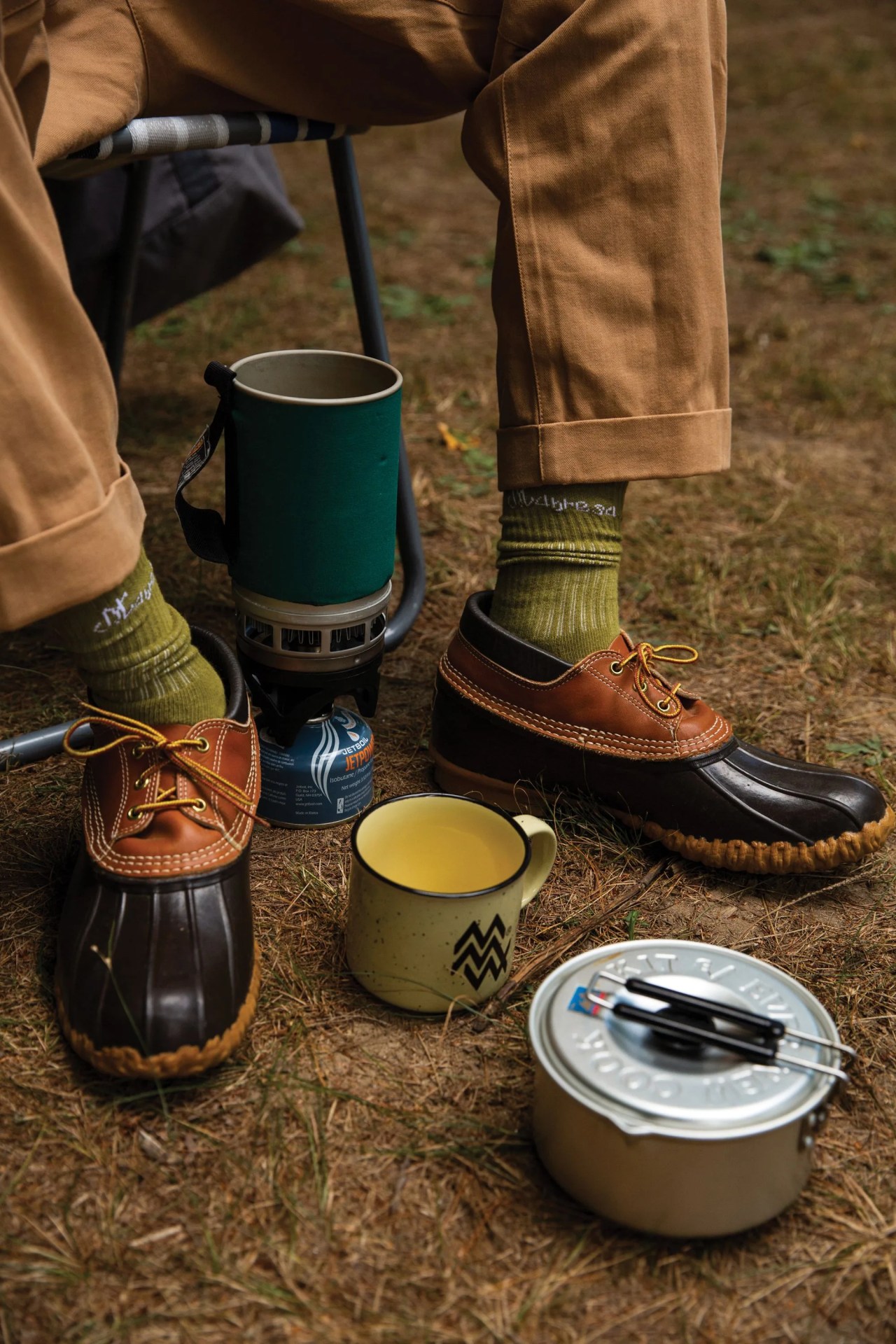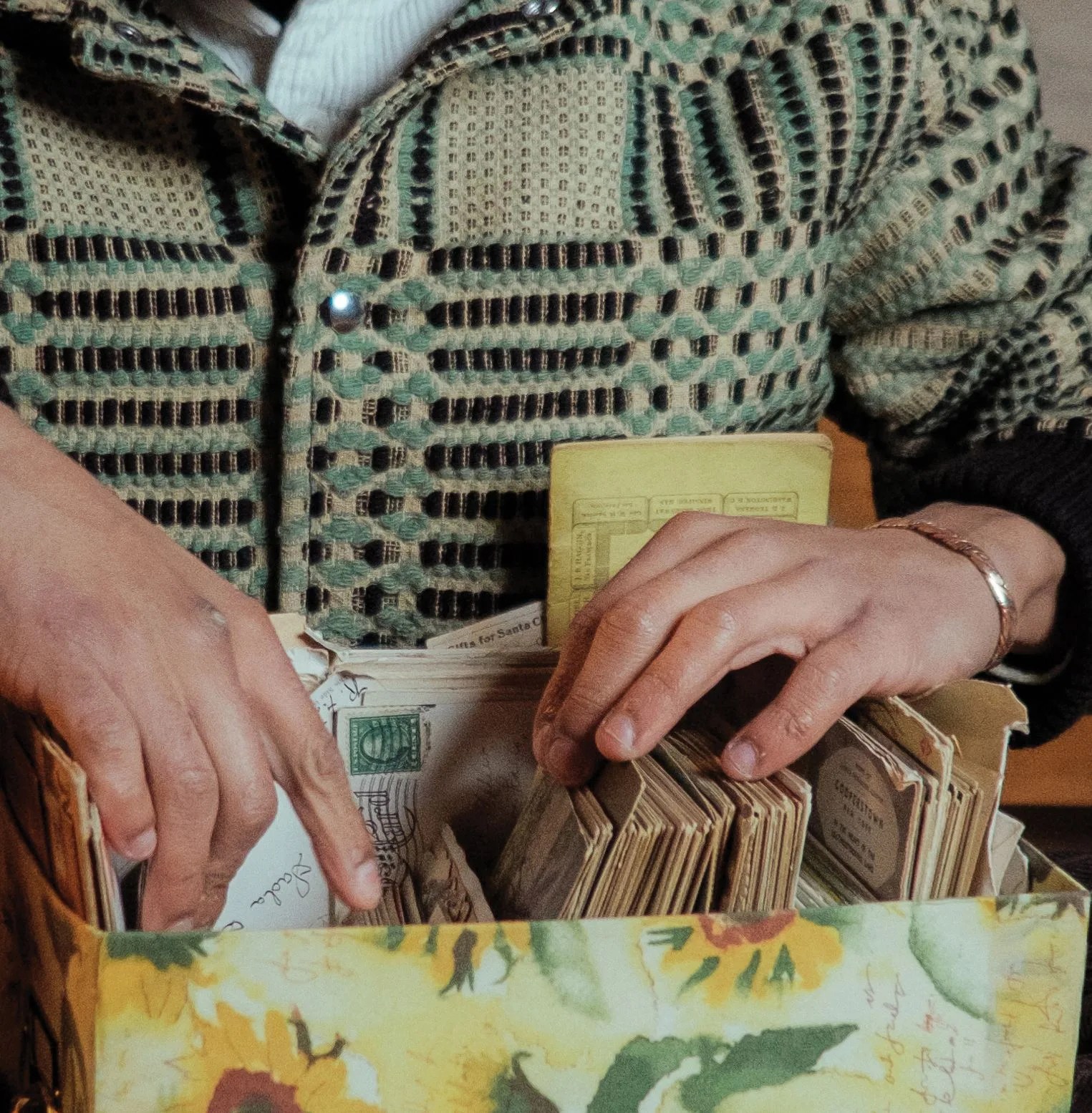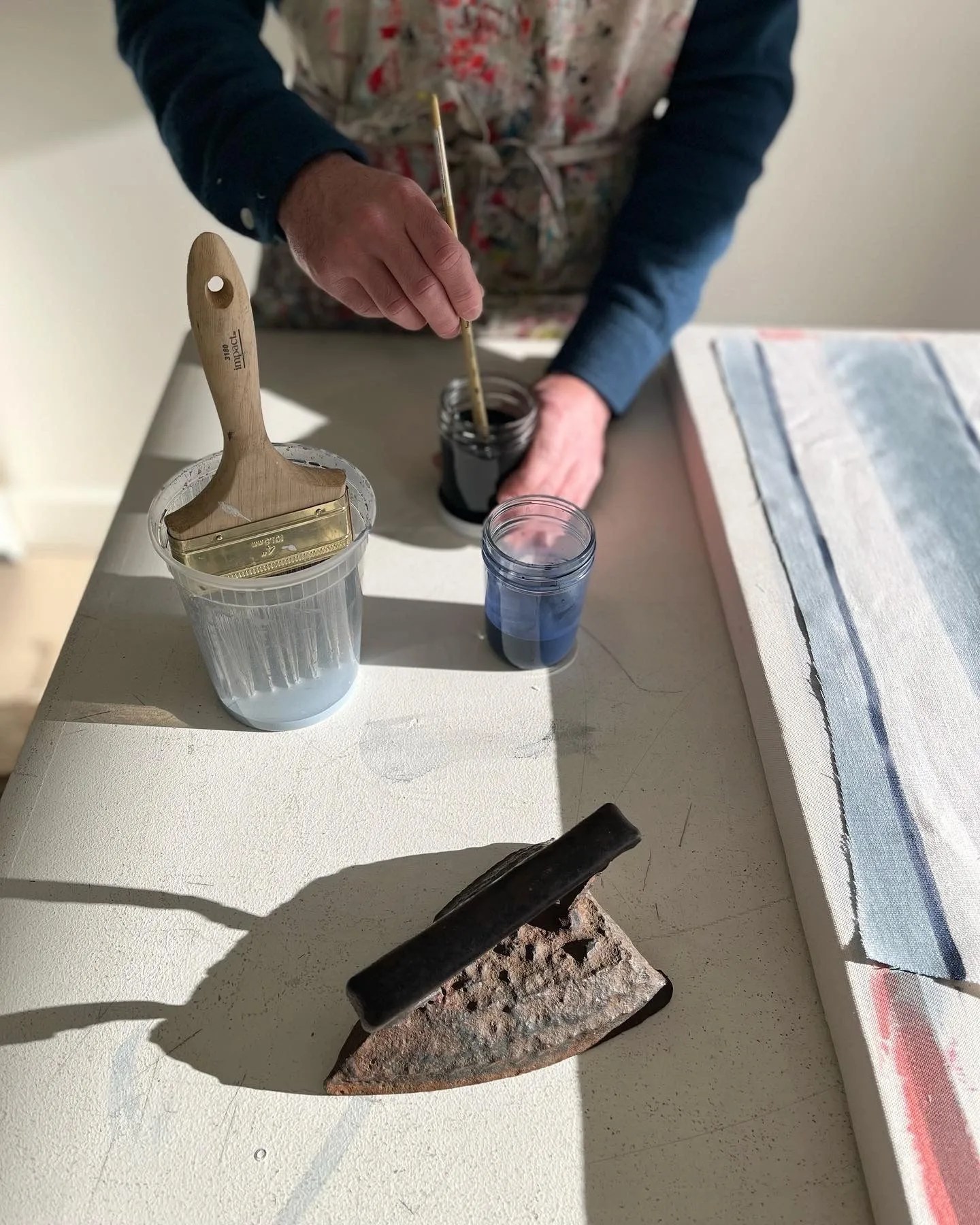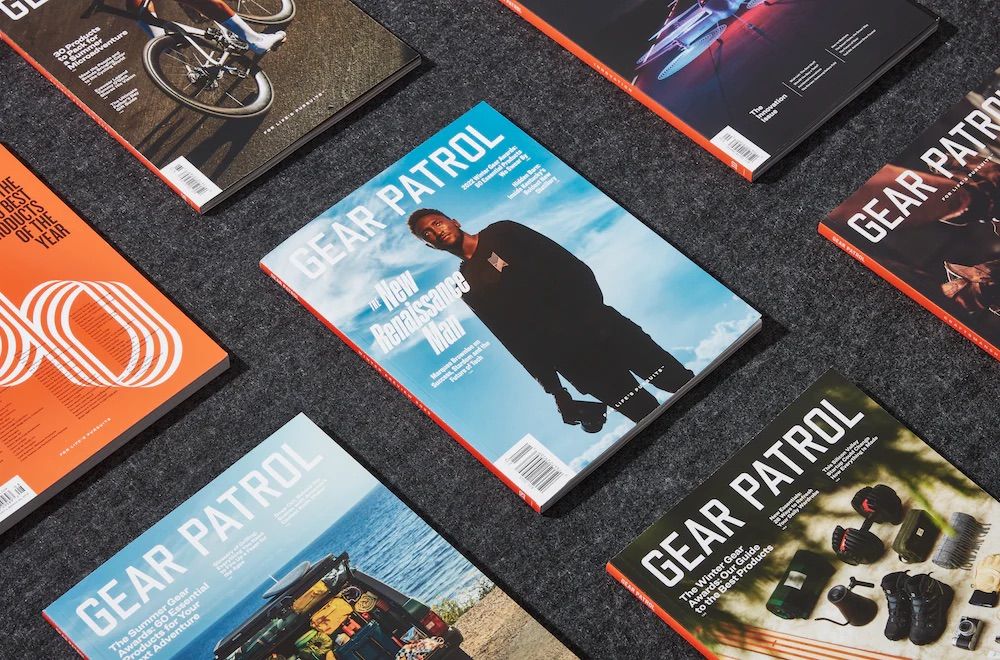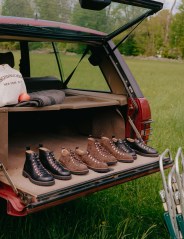A lot of notable new brands hail from big cities. They’re either a Brooklyn-based upstart or LA darling, both on the brink of making it mainstream. But elsewhere in the US, brands aplenty are responsible for some of the country’s most exciting new menswear. And they’re doing it with less capital and smaller target audiences.
Take New England, a region famous for its blue blazers and all-American aesthetic. Here, however, a new crop of exciting talents is rejecting the status quo and designing for a different kind of guy. The rest of the country would be wise to take notice.
Manresa
Norwalk, CT
“Being a one-man brand, it really is just an extension of my personality and the culture I was raised in,” says Mike McLachlan, the designer behind Manresa.
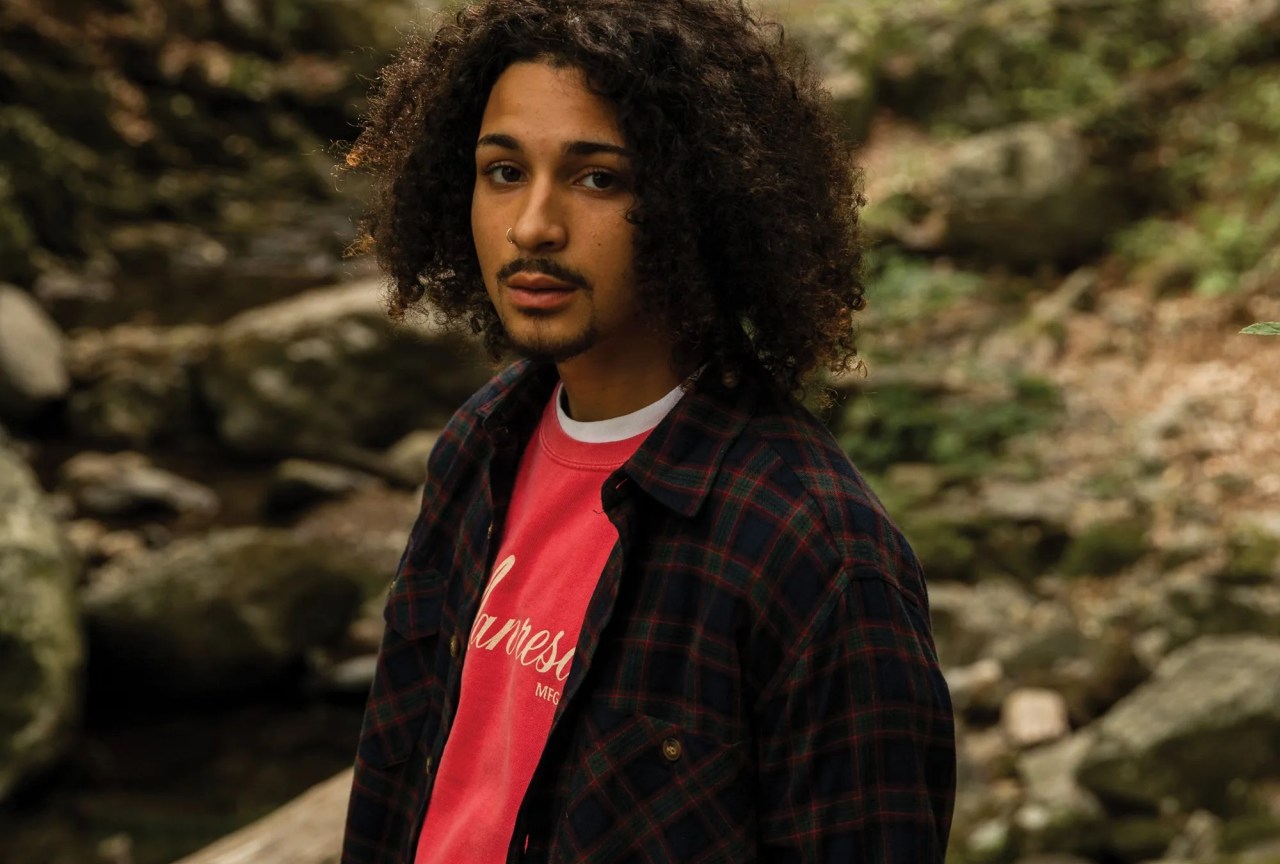
McLachlan works out of Norwalk, Connecticut, a city along New England’s lower coast. There, plenty of people wear Nantucket Reds and step-and-repeat ties, but he relies on his working-class upbringing for inspiration, as well as his Scottish heritage. That means he makes tartan flannels, waterproof anoraks, deck shorts, durable hoodies and bulky beanies, not preppy polos or boat shoes.

